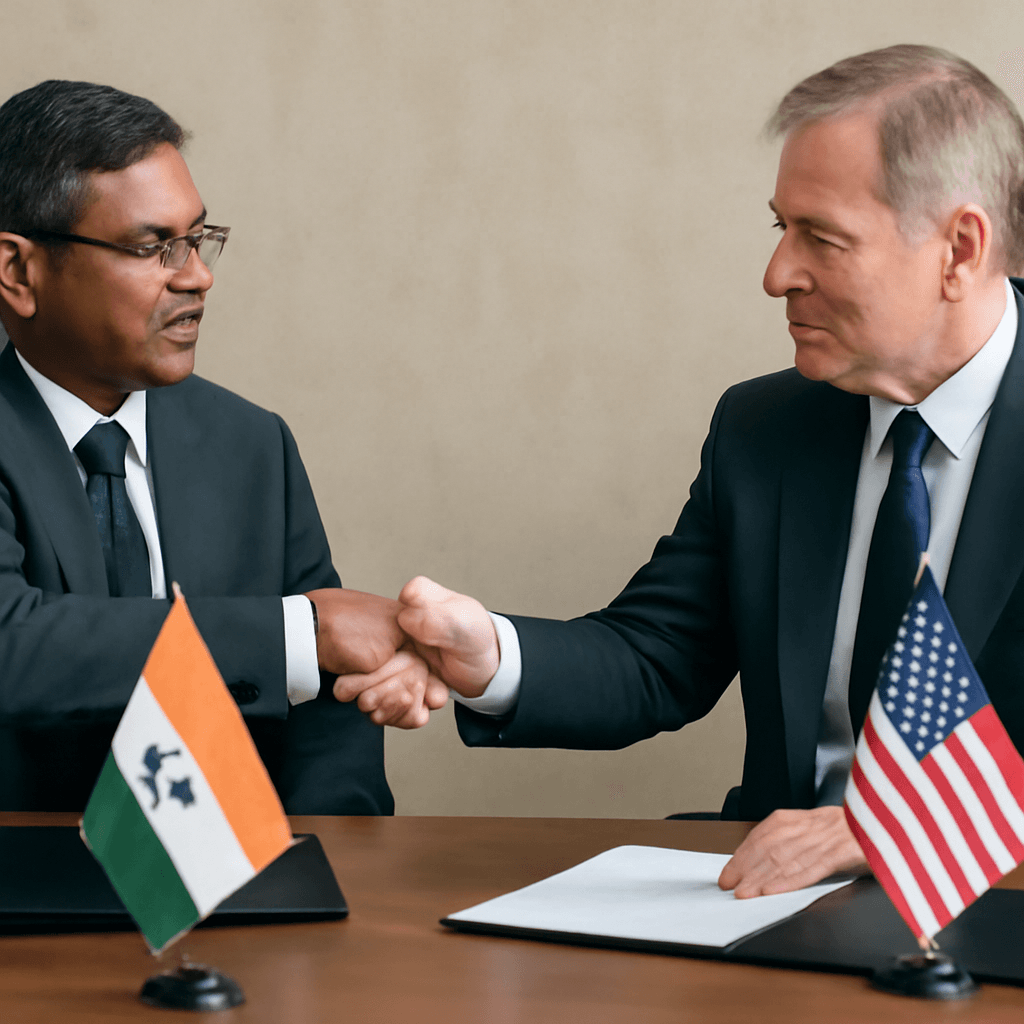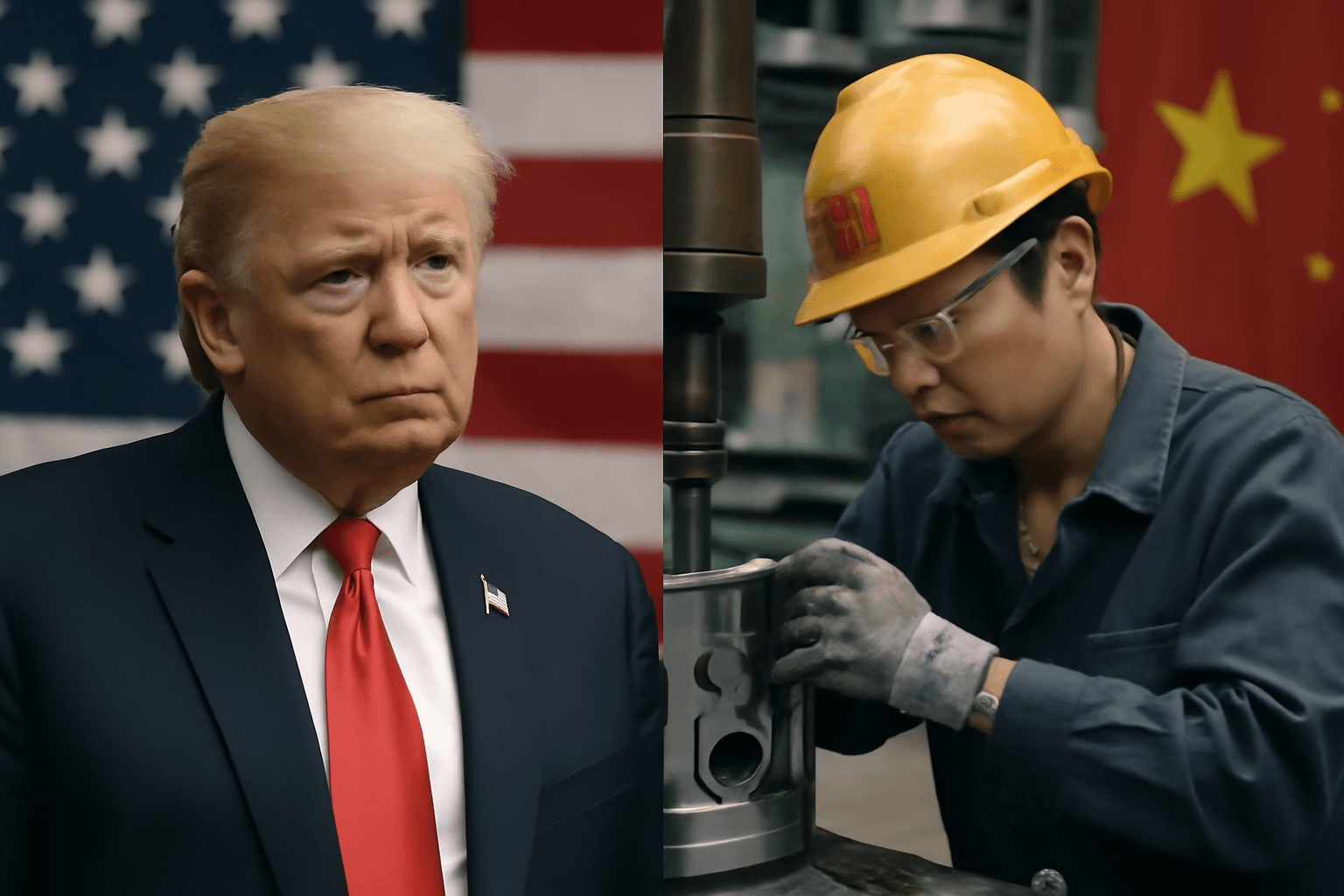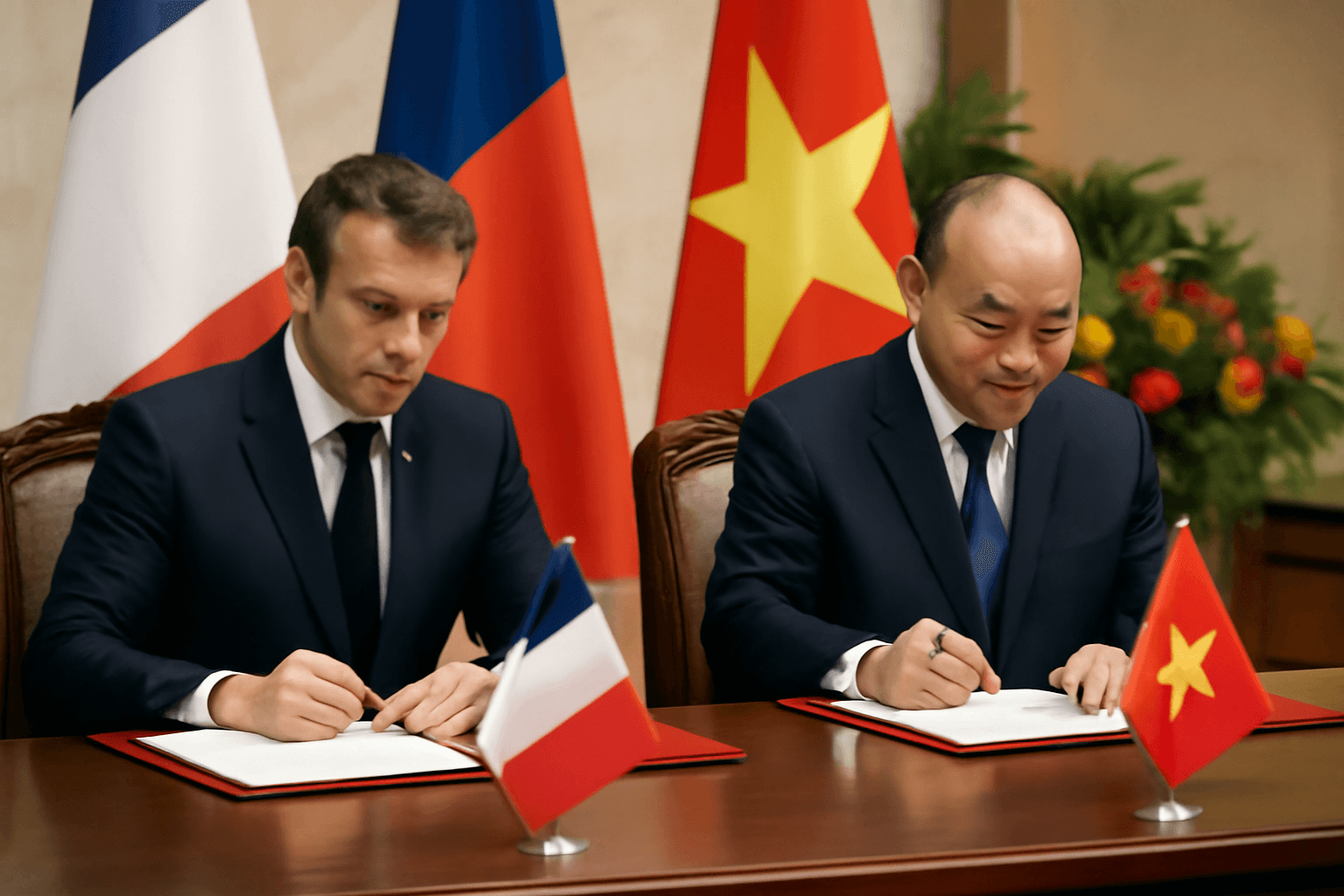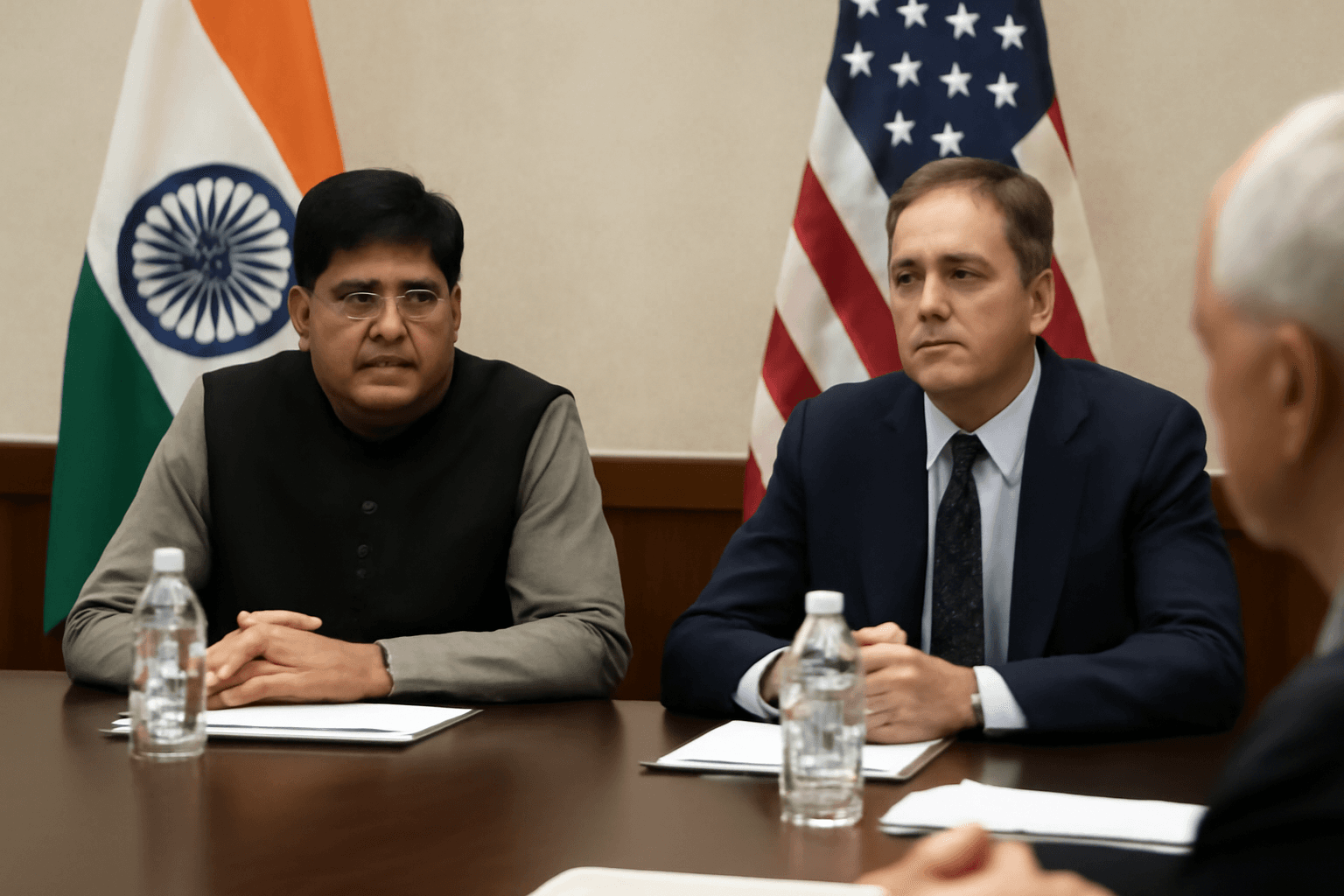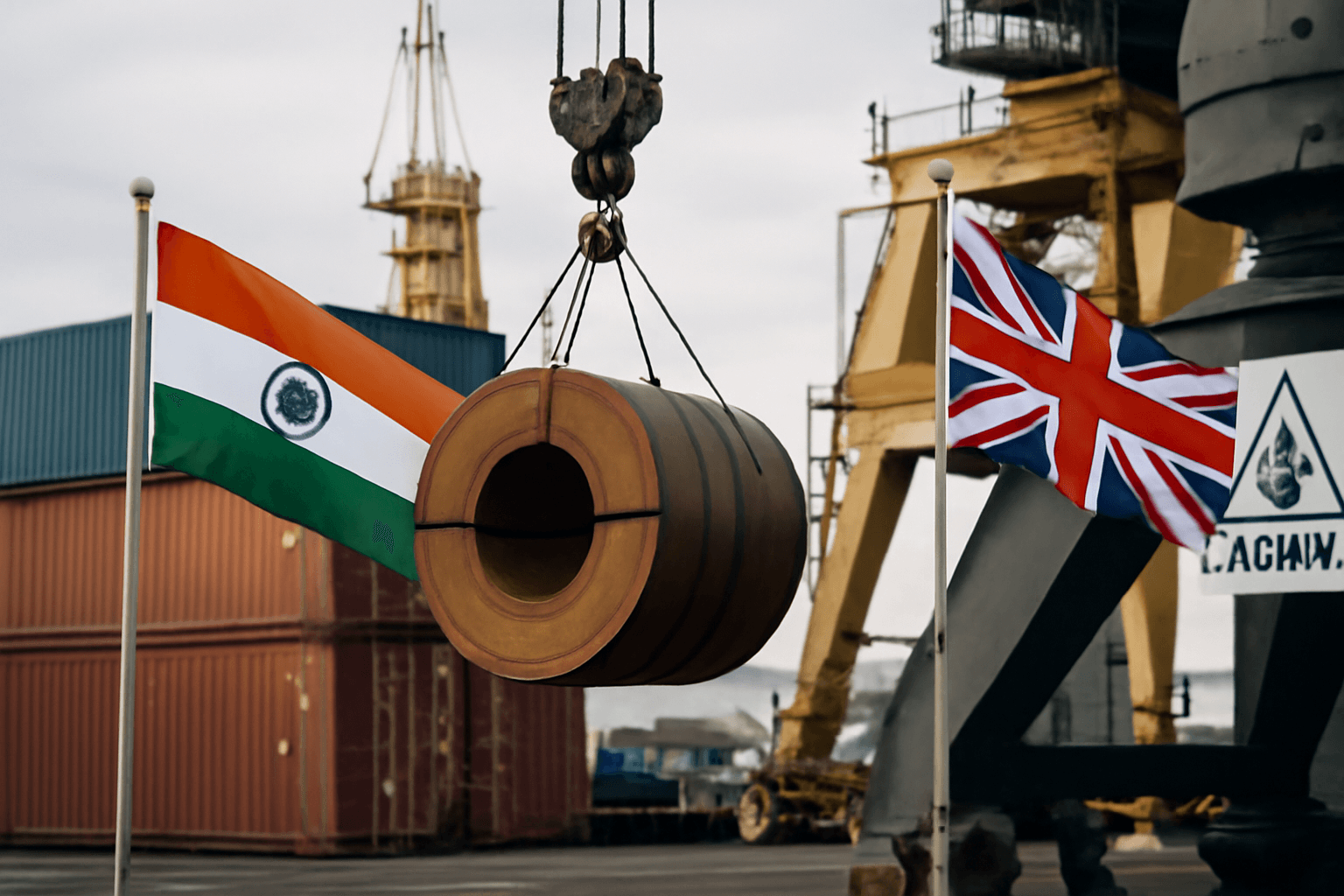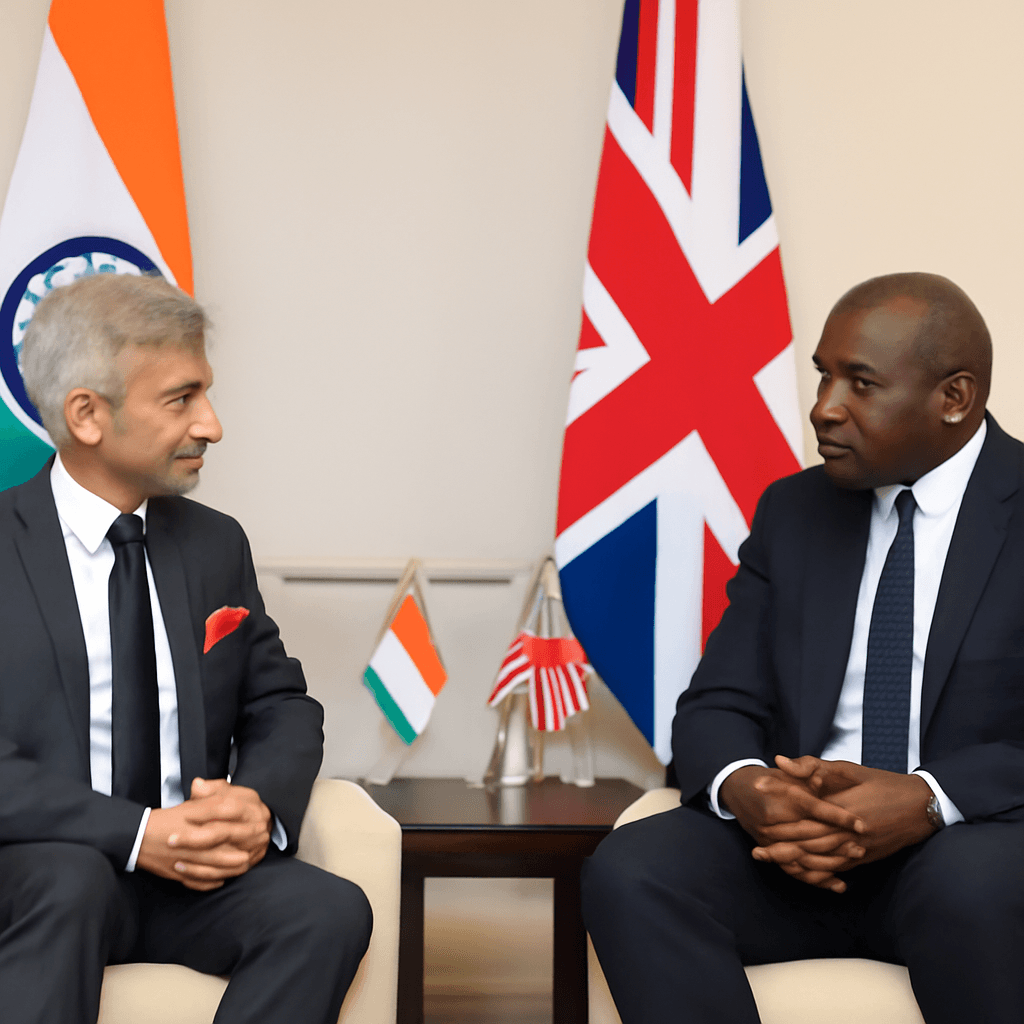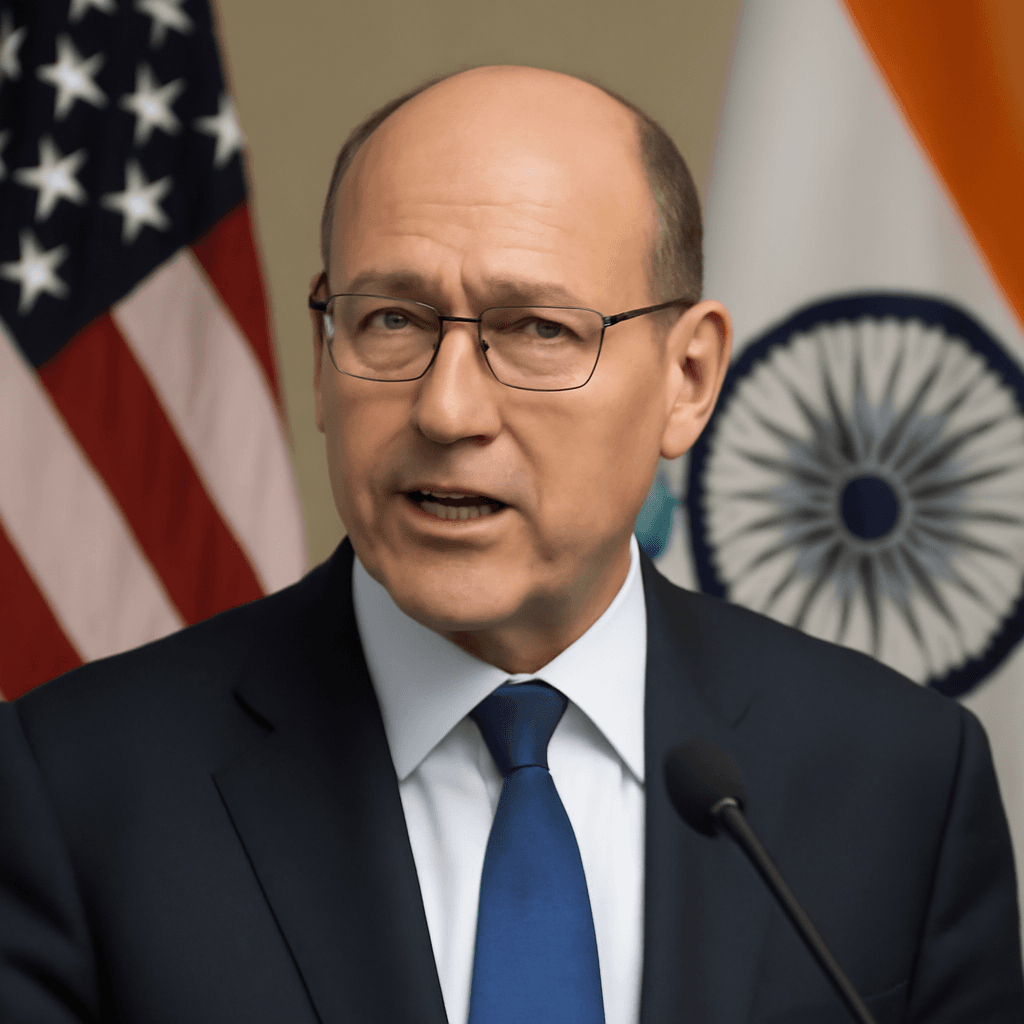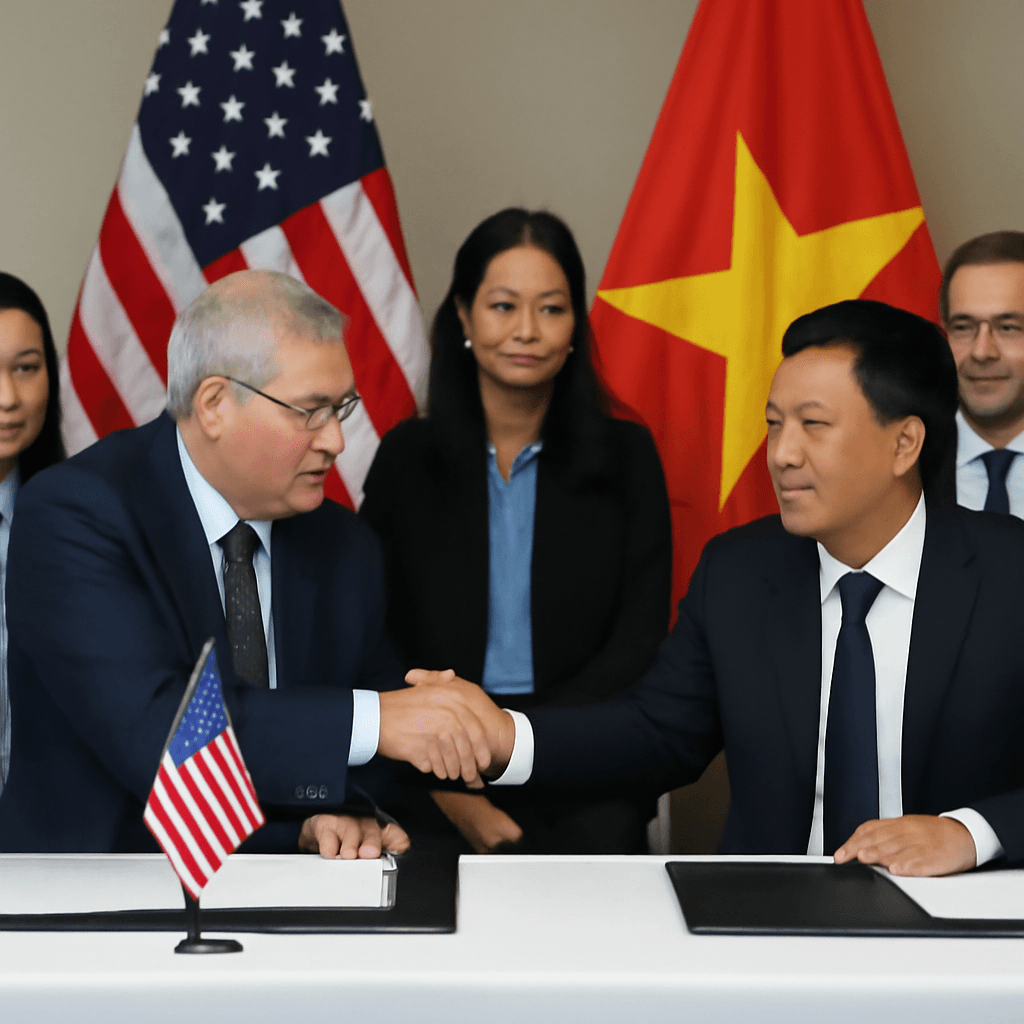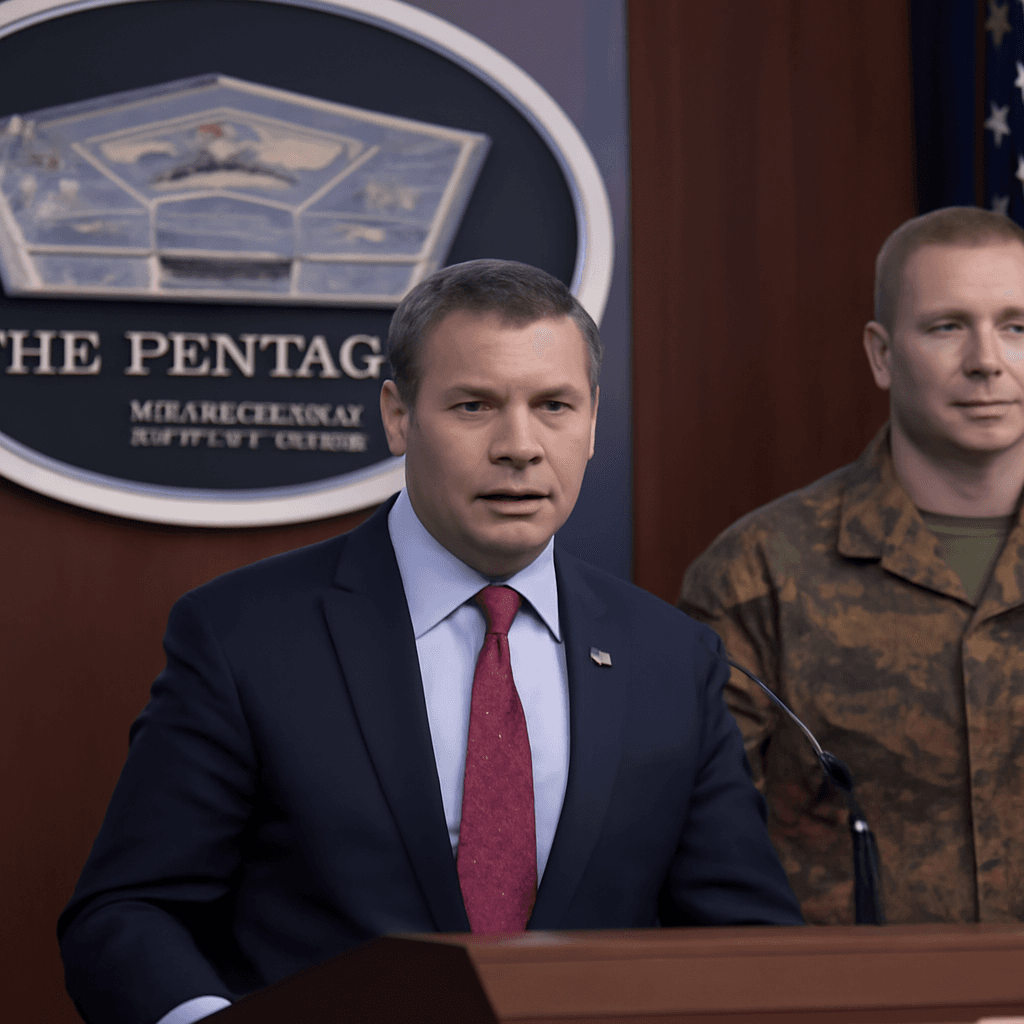India-US Trade Talks Conclude After Four Days of Intensive Discussions
A high-level delegation from the United States engaged in closed-door negotiations with Indian officials in New Delhi over four days, wrapping up talks aimed at advancing a landmark trade agreement. This potential deal seeks to significantly ramp up bilateral trade from the current $190 billion to an ambitious $500 billion by 2030.
Focus Areas in the Negotiations
The discussions covered a broad range of topics including tariff reductions, enhanced market access for industrial and agricultural goods, and addressing non-tariff barriers that have traditionally complicated trade relations between the two nations. Digital trade, a rapidly growing sector, also received prominent attention, with both sides exploring measures to streamline customs and improve trade facilitation.
Where the Two Sides Stand
- India firmly resisted calls from the US to open its markets further to imports of wheat, dairy, and corn.
- However, India agreed to lower tariffs on select high-value American agricultural products such as almonds, pistachios, and walnuts.
- New Delhi requested the revocation of a 10% baseline tariff imposed by the US during a previous administration, but this was met with resistance, as the US pointed out similar tariffs exist even in deals with countries like the UK.
- On steel, India sought exemption from a proposed 50% US tariff, highlighting sensitivities around this major industry.
- India also expressed willingness to increase imports of American energy resources—liquefied natural gas, crude oil, and coal—and to expand defense equipment purchases from the US.
An Interim Agreement May Be on the Horizon
Both countries are targeting to sign an initial, perhaps interim, trade agreement within June, potentially coinciding with the upcoming G7 Summit in Canada, where the leaders of India and the US are expected to meet. This agreement would address more straightforward issues first, paving the way for tackling more complex topics in later negotiations.
US officials, under pressure to finalize deals before certain reciprocal tariffs expire, are motivated to secure a win. Notably, the expiry of a 90-day suspension on tariffs—such as the 26% duty on Indian textiles, footwear, rice, and shrimp—could significantly impact trade flows.
Parallel Efforts and Future Outlook
While these talks unfolded, India's Commerce Minister was simultaneously in Switzerland working out a major trade arrangement with the European Union, underscoring India’s multi-faceted approach to international commerce.
Looking ahead, an expanded and more comprehensive phase of negotiations with the US could follow an initial pact, with further agreements anticipated by September or October.
The evolving India-US trade relationship represents a pivotal step toward deepening economic ties between two of the world’s largest democracies.

